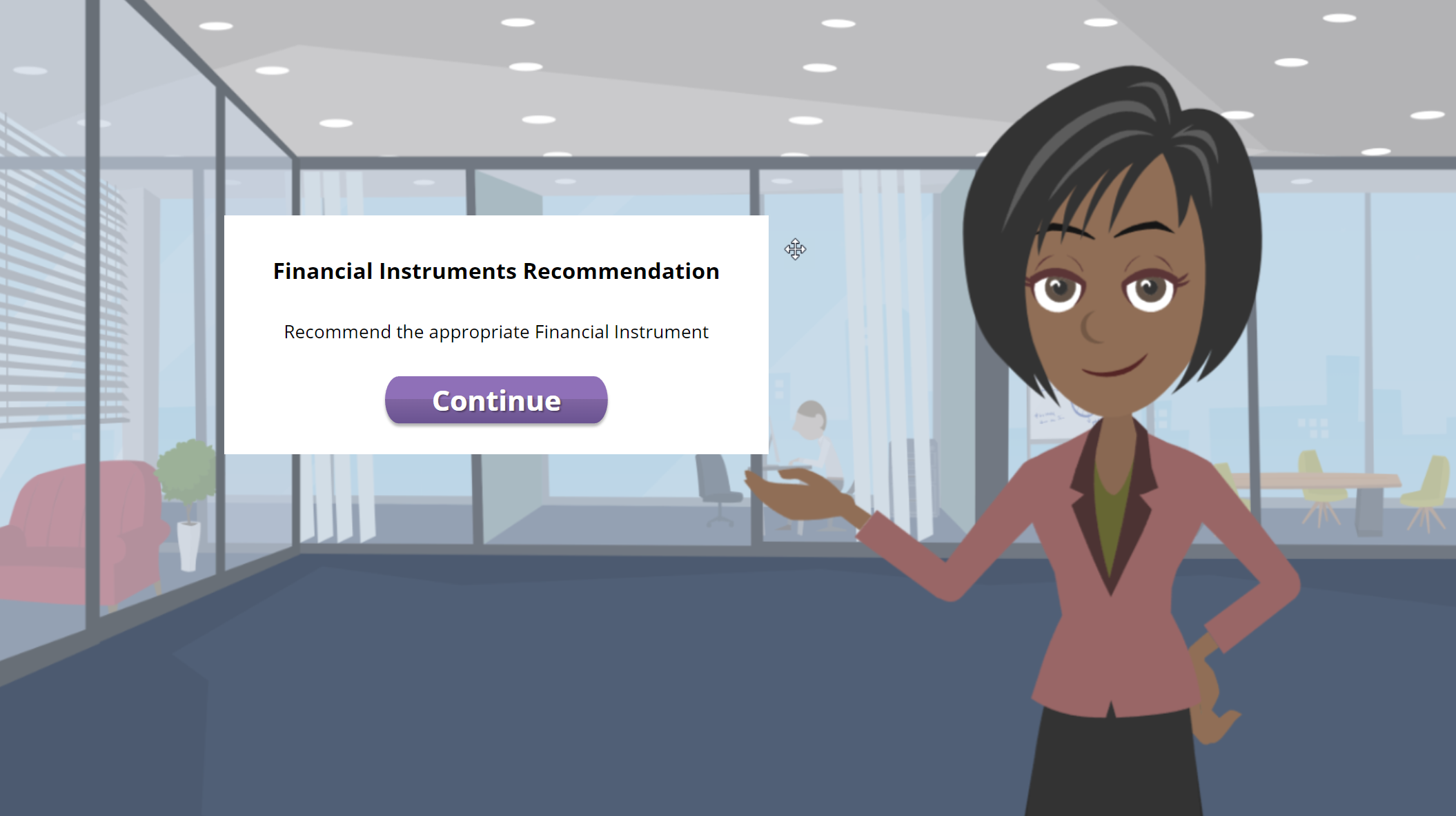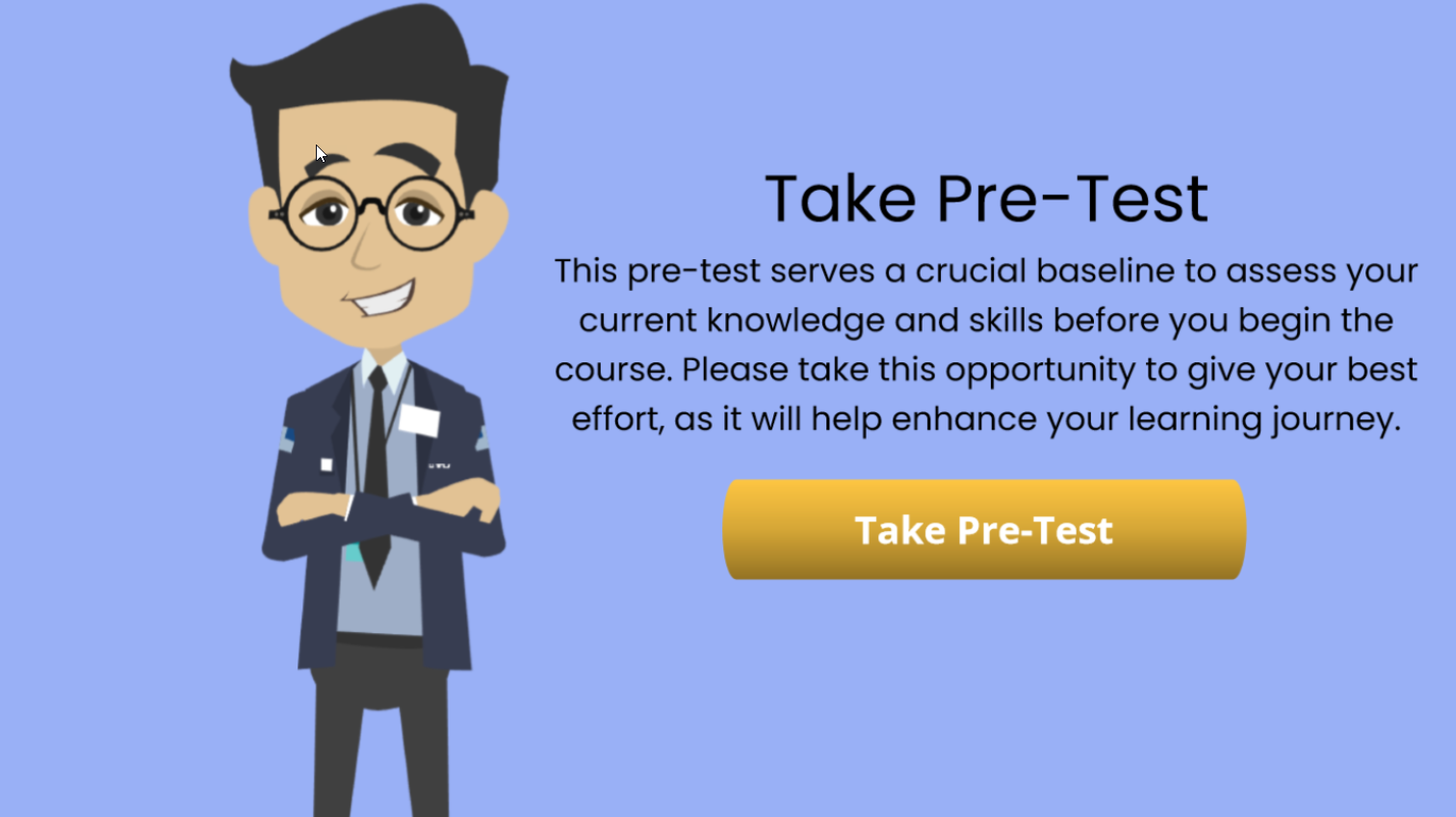The Challenge
During the COVID 19 pandemic, a Financial SaaS company onboarded 400 new employees to support its growing client base. However, many of these hires had no prior experience in the finance industry, making it difficult for them to understand and respond effectively to client requests.
To bridge this knowledge gap, I launched a targeted training program focused on educating these employees about the Financial Markets.
Key Considerations
Audience: New hires had varying levels of expertise in the financial markets requiring that the training content catered to both novice and experienced fiancial market professionals.
Location: New hires onboarded into the program from multiple countries, training content had to be region specific to reflect local financial regulations, market structures, and terminology.
Learner Preference: A wide age demographic for the new hires meant learning content had to accomodate varying levels of tech-savviness.
Measurability: To assess training effectiveness, I needed to implement tracking and analytics to monitor learner progress, engagement, and knowledge retention.
Learning Design Solution
To ensure the success of the Financial Markets training program, I utilized the ADDIE instructional design model. ADDIE’s structured and systematic approach enabled me to create a scalable, measurable, and globally accessible learning experience tailored to our diverse audience. Each phase of ADDIE helped me strategically address key considerations, ensuring the training was effective, engaging, and aligned with business goals.
Instructional Design: ADDIE
Analysis
I conducted a thorough needs analysis with key stakeholders, including hiring managers, product owners, and client support teams, to determine the existing knowledge gaps between existing skills and required finanicial knowledge.
Design
To secure stakeholder buy-in, I developed a detailed design document outlining the trainign objectives, content structure, and key learning outcomes. All learning content was designed to ensure practical application of financial concepts.
Development
After gathering insights from stakeholders, managers, and frontline employees, it became clear that a structured, multi-course approach was needed to build foundational financial knowledge. As a result, I designed four targeted eLearning courses, each addressing a core area of financial literacy.
-

Overview of the Financial Markets
This course introduced the Financial Markets explaining the different market types and the role Central Banks play in the economy.
-

How Financial Instruments Work
This course introduced the role of Financial Instruments and how they are used in the markets by our clients and partners.
-

Overview of Asset Management
This course introduced the Asset Management Industry, fund structures, investor types, hedge funds, and regulatory bodies and compliance.
-

Understanding Market Dynamics
This course introduced the principles of Market Dynamics and cover investment theories and strategies utilized by different fund types.
Learner Interactions
-

Explainer Vidoes
Each course incorporated multiple explainer videos to help break down complex financial concepts, making the content more digestable and relateable for learners of all expereince levels.
-

Scenario-based Exercises
Each eLearning course incorporated scenario-based exercises, allowing learners to apply their knowledge in real-world contexts and practice actual client interactions.
Implementation
To ensure easy access for all new hires across different regions, I expanded our LMS Infrastrucure and automatically enrolled new employees into the new program.
Evaluation
To ensure continoues improvement and measure impact, I implemented the Kirkpatrick Model of Evaluation by utilziing course surveys, pre/post assessments, 30,60,90-day check ins with particpants and managers, and final interviews with department heads 6-12 months after program launch.
Results and Impact
Originally launched for new hires, the program’s success quickly led to its expansion across all employees, driven by positive feedback and the addition of Pre-Tests to assess baseline knowledge.
Program received an impressive Net Promoter Score (NPS) of 72.
Leadership reported that employees who completed the program were signficantly better equipped to support clients.
20% decrease in support escalations.




